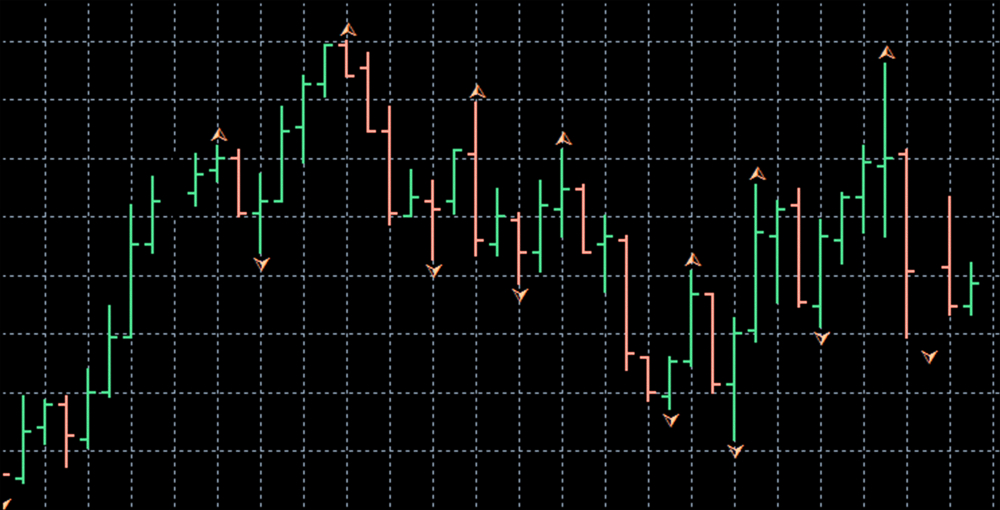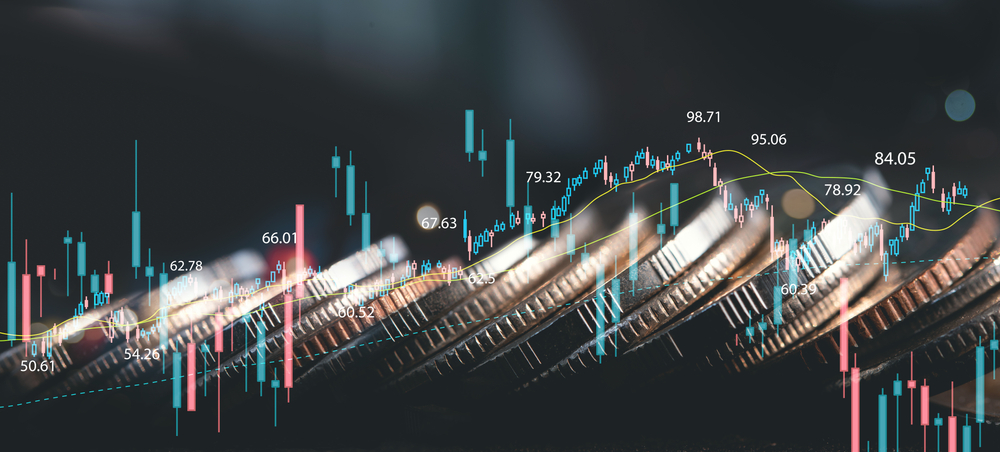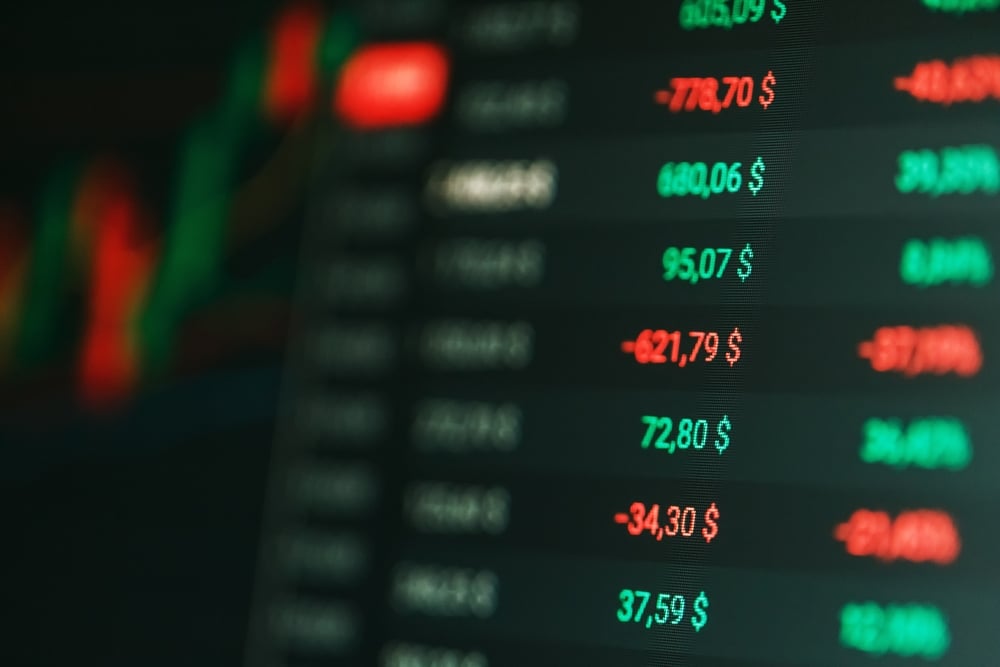Fractals are one of the indicators used in identifying trend reversals. Namely, fractals represent one of the simplest trade patterns, repeating over time. At least five bars in a bar chart are needed to form a pattern. Fractal can be bearish or resistance, indicating downtrend will be following/ bullish or supportive fractal tells us the […]
The Economic and Monetary Union (EMU) was set up in 1992 when twelve countries signed the Maastricht Treaty (The Treaty on European Union). It was one of the main steps in further integration of EU countries aiming to provide joint coordination of economic and fiscal policies, a common monetary policy, and a common currency, the […]
The US Dollar Index (USDX, DXY, DX) represents the value of US Dollar against the basket of foreign currencies. The index is a weighted geometric mean of dollar value against following currencies: The currencies represent the most important US trading partners. The index structure changed only once when euro came instead of many European currencies in 1999, […]
Monetary easing, relaxation or expansion is set of policies conducted by the central banks in order to push overall price level, to stimulate inflation and aggregate demand. Globally, central banks were using these expansionary policies in order to combat recession, stimulate spending and accelerate growth. They increase the supply of money, lowers interest rates and […]
FuturesFutures contracts or simply futures are derivative financial instruments whose value is derived from the value of underlying. Buyer of the futures contract agree it will buy the specific amount of underlying at predetermined future time and at predetermined price. The seller agrees to sell and if specified deliver the underlying. Underlying can be any […]
LIBOR stands for London Interbank Offered Rate and serves as a globally accepted key benchmark for short-term interest rate indicating borrowing costs between banks. It is produced for five currencies (CHF, EUR, GBP, JPY and USD) and seven tenors (Overnight/Spot Next, 1 Week, 1 Month, 2 Months, 3 Months, 6 Months and 12 Months) based […]
Correlation is a statistical measure of a degree to which two assets are linked and move in relation to one another. The correlation coefficient is the number which shows the strength of the relationship between the movements of two assets. It ranges between -1 and 1. Two assets are strongly negatively correlated if in 100% […]
Commodity Channel Index was firstly introduced by Donald Lambert in 1980. Initially, he wanted to analyze and confirm the cyclical turns in commodities. However, the indicator proved to be versatile and applicable to other asset classes. CCI is a momentum-based oscillator. Simply speaking it is calculated as a difference between the current price and simple […]
Credit Default Swap is a financial derivative providing insurance in case of a credit event, usually a default on a loan. It provides investors with protection and decreases the risk. If a creditor assumes his borrower will not meet his loan obligation, he can buy a CDS and transfer the risk to the third party. […]
Bonds are fixed-income instruments in which the issuer pays interest to the holder of the bond and repays the principal at the maturity date. Interest is usually paid annually, semiannually, or monthly. A bond can be resold in the secondary market before it matures at a price larger than face value. Bonds are usually issued […]











